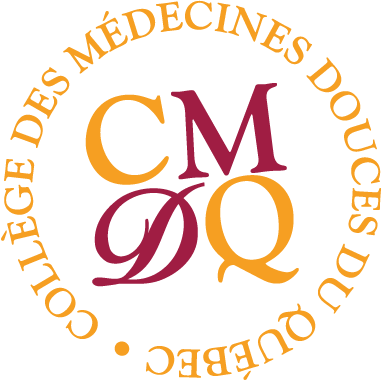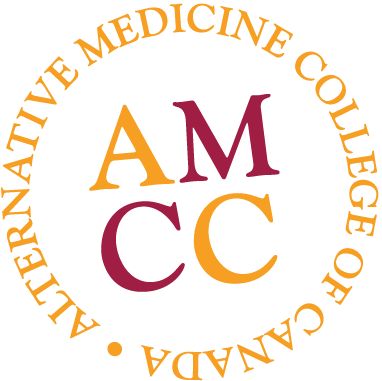What are Alkaline Foods?
We are therefore going to work by contrast: which foods are alkaline, and can therefore balance the too acidic system?
- The banana. We can think of different ways to consume it: in a smoothie with yogurt, crushed with a little cocoa, any kind, in a banana cake. Here again, flour is more in the category of acids than alkalis, after digestion.
- Spirulina, if you have easy access to this food. Also doable as a smoothie. I haven’t tried but let me know.
- Broccoli soup, if the color doesn’t scare your kids.
- Aloe vera, hydrating and alkalizing plant. Not sure how to eat it.
- Carob powder. To replace artificial chocolate in chocolate milk or cakes.
- A beetroot hummus. See commentary on color and fear of children.
We also talk about nuts, lemon as mentioned and sea salt. All fruits and vegetables in general are in the alkaline section. Onions, garlic and ginger … turmeric, cinnamon …
More or Less Alkaline
When we talk about acid and alkaline we are referring to pH, which is why there are several levels of alkaline – more or less.
For example:
In the top of the most alkaline we find: spinach (raw, if anyone is interested), broccoli (again, raw), artichokes, carrots and the skin of potatoes (hey, I knew that it was worth not peeling them.)
In the medium top, we find blueberries, pears, kiwis and melon.
At the very bottom of the super alkaline we find, among others, mushrooms, cherries, oranges and apricots.
In the neutral one has: water, butter, oils (except olive oil which is not bad in the super top of alkalis). Sugar is also in the neutral as well as whole milk. And vodka.
Instant coffee seems to be hyper-alkaline.
Super Acids: Avoid!
I take this opportunity to mention a list of “dangerous” foods because they are very acidifying for the digestive system:
Cheese, including goat cheese, wine, soda, black tea, chocolate, vinegar, prefabricated foods. When I tell you that we are in trouble …
There are also lifestyle habits to avoid, since we are in the subject: stress, worry, abuse of work and lack of sleep.
Also interesting: oats are acidifying (at 13.31 on PRAL – see below) while buckwheat flour is already in the alkaline section. You still have to know what to do with it. Even whole rye is in the most acidifying! It’s all about balance …
The egg white is not really acidic while the yolk is a lot … This is perhaps why most of my recipes recommend “one whole egg and two egg whites or two whole eggs” and I always end up choosing two whole eggs because .. what do I do with my two orphan egg yolks afterwards? To throw them? I don’t have the courage, so I tell myself that I save by taking two instead of three.
Passing Notes
The PRAL index determines where a food is on the acidic / non-acidic scale (see course 343 Metabolism and Nutrition)
A food with a negative PRAL index (preceded by a minus sign -) indicates that it is alkalizing. Dried dates, for example, have a PRAL number of – 11.01 and raisins of – 14.29. On the other hand, an apple has the index -1.92 and a watermelon -2. They are all alkalizing but to different degrees. Note: nuts have a tendency towards acidification: like Brazil nuts (+8.15) or even pistachios (+1.97) or almonds (+2.29). Which obviously doesn’t mean that you shouldn’t eat it!
Almost all vegetables are alkalinizing except maybe pickles in vinegar. See also our article on how to pickle properly. I still enter the list of vegetables since we never really have this list in mind: asparagus, broccoli, mushrooms, cabbage, pumpkin, cucumber, spinach, lettuce, peppers. There are others but the enthusiasm decreases as you read.
If one becomes a fanatic-PRAL, one might end up consuming only instant coffee (-67.38) and raisins (-14.29) to counterbalance all of the acidic foods of our modern daily diet. Not sure that we will pass the naturopathic program with this perspective …
————————————
If you liked this article, you might like:




Leave a Reply